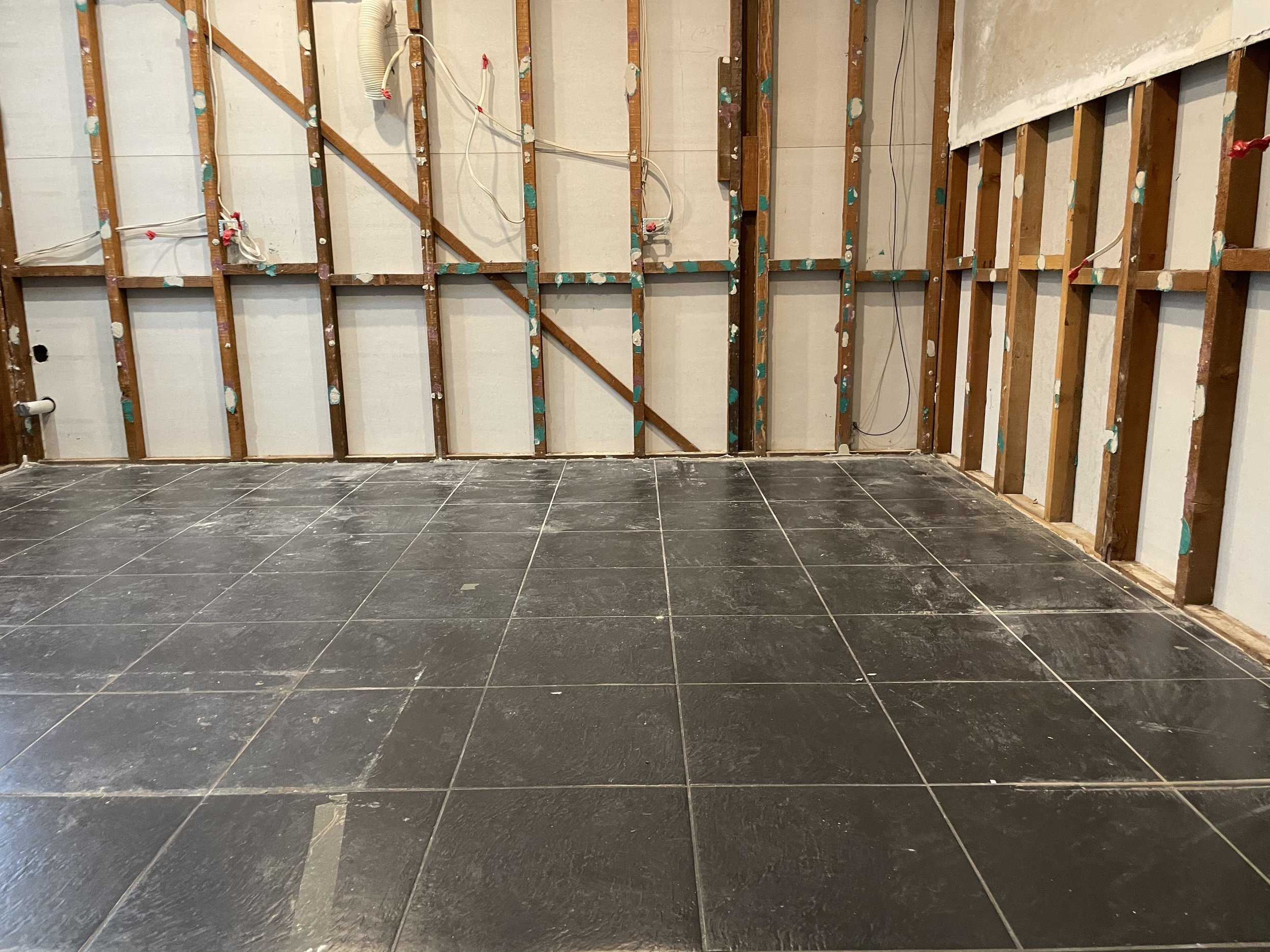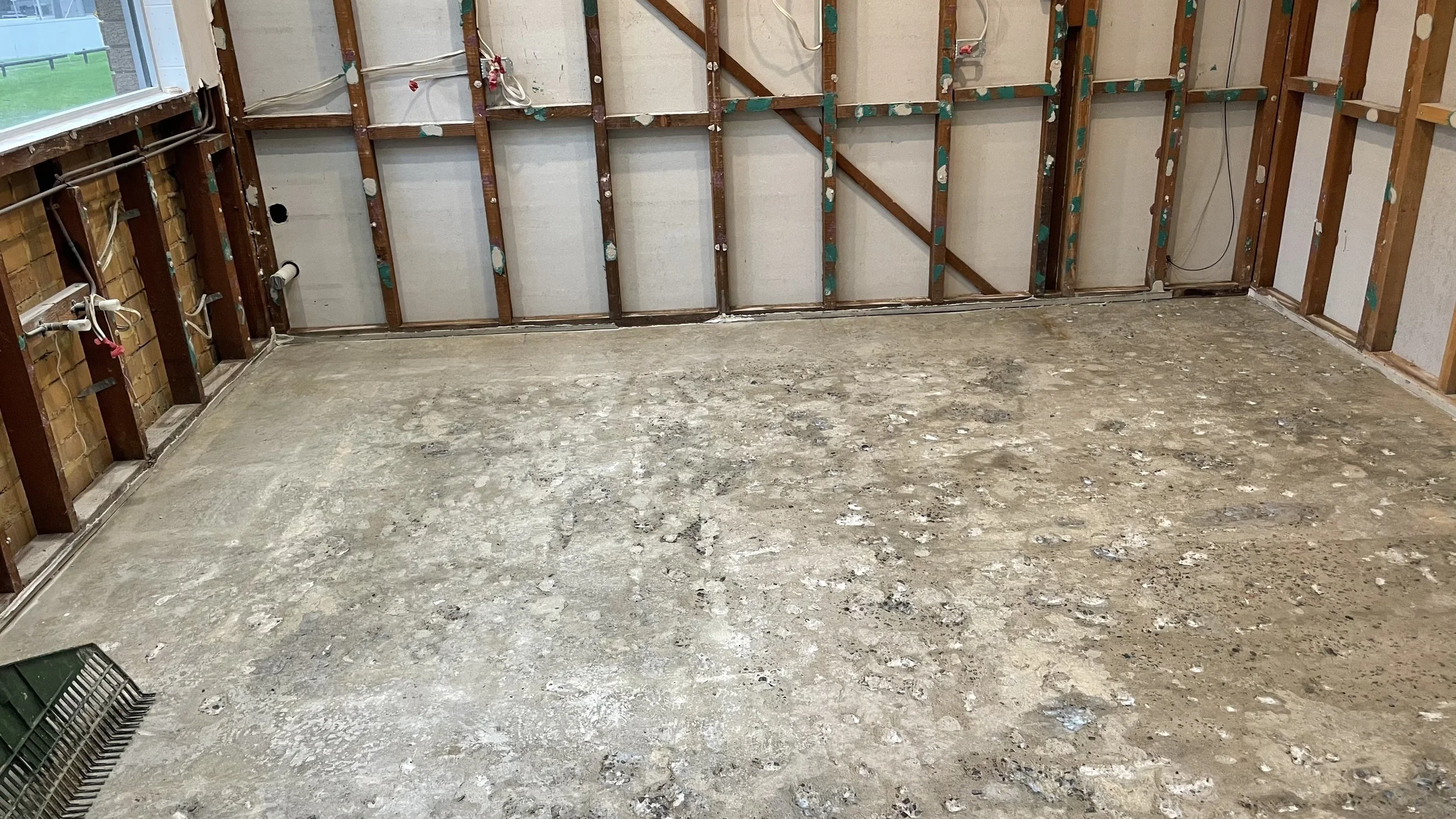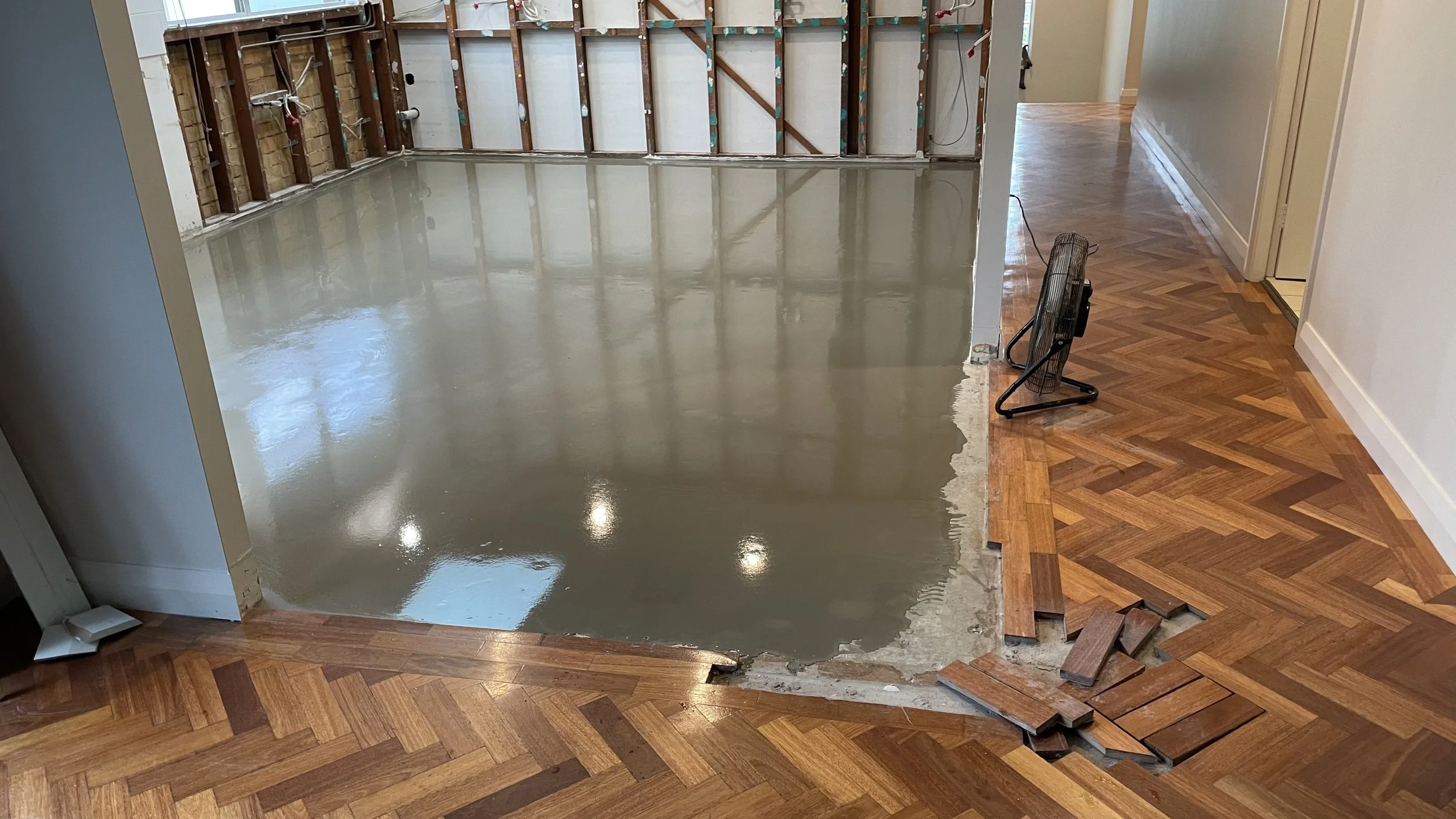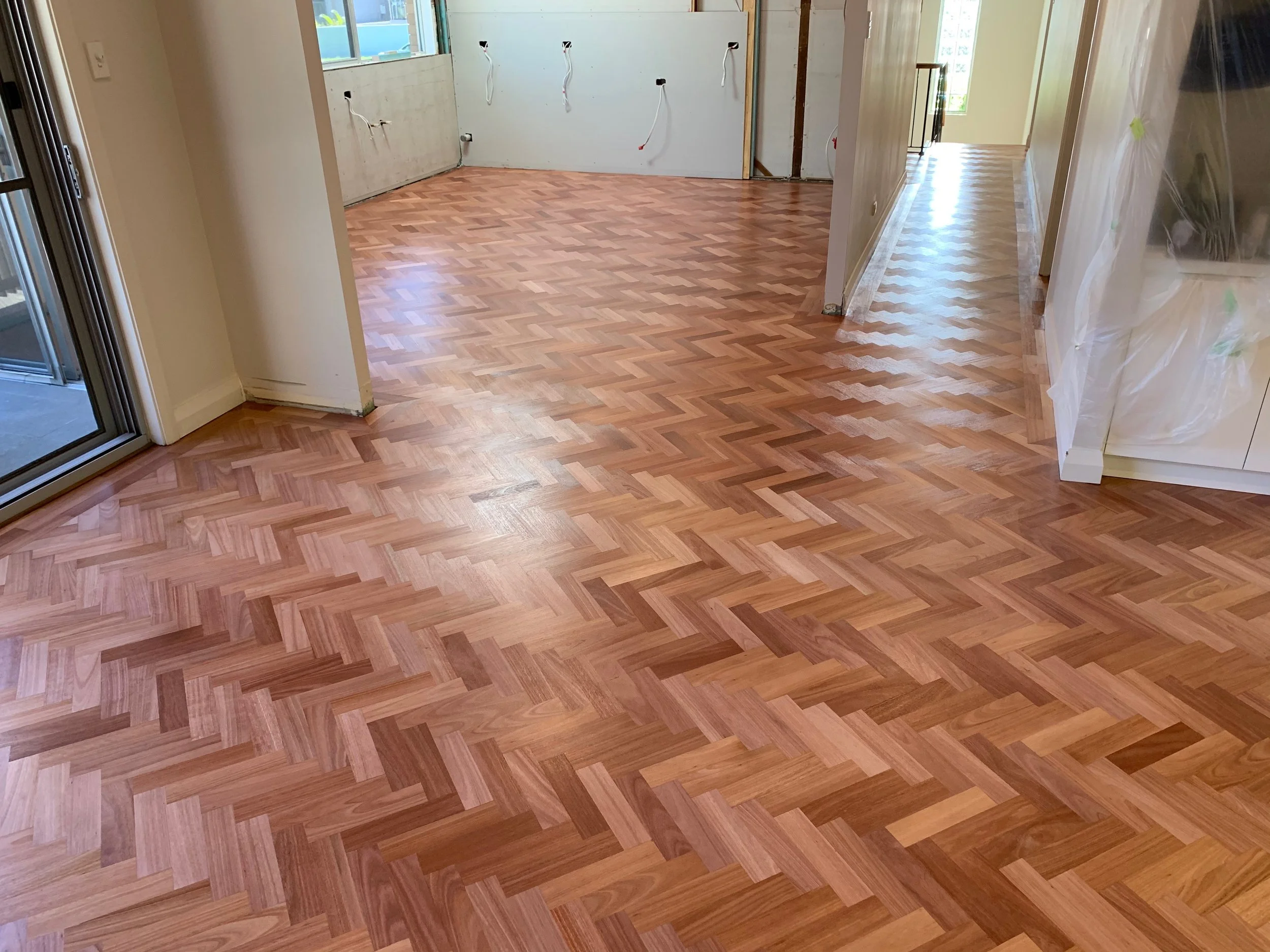This is so true for many facets of life - whether it be literally laying foundations for your new dream home, laying the foundations of a strong education for your children, or creating a delicious broth that will build into a nourishing soup. All scenarios rely on a strong base from which to build something great.
This is also true of preparing a subfloor, regardless of the type of timber flooring that will be laid on top. If you want a great finish, it needs to be done right at every step of the way - beginning at the bottom. In this post, I’ll explain the various types of subfloors you may come across and why it’s so important that they are corrected and evened (apart from the sheer satisfaction of creating a smooth level surface!) for a successful timber floor installation.
What is a subfloor?
First things, first - what constitutes a subfloor? Very simply, it is the bottom most structural layer of the floor, underlying the floor covering. These can vary from concrete, to plywood or chipboard (yellow-tongue) in the upper levels of a multi-story house. In some cases, an old existing solid timber flooring can be considered a subfloor if owners wish to lay straight over the top of it. However, if choosing to install over an existing floor, extra consideration should be made to things relating to clearances (i.e. under doors and at thresholds) and the relative “flatness” of the existing level.
Why is it important to CORRECT undulations and defects in the subfloor?
The final timber floor covering will only be as good as its underlying subfloor. The subfloor itself can directly impact the quality and performance of the finished timber flooring. More specifically, ATFA guidelines indicate that the level of the subfloor should not deviate more than 3mm over a 3m expanse in any direction. Regardless of the timber floor covering you choose, some degree of sub floor preparation will be required. For example, in cases where we find a plywood or yellow-tongue subfloor, the most we typically have to do is rough sand to create a surface suitable for bonding of adhesives.
The most common defect we come across in concrete subfloors are undulations (i.e. peaks and valleys). These are not immediately obvious if your pre-existing floor covering is carpet, however they become glaringly obvious if you were to install a hard floor covering, such as floating timber flooring, over the top of it. This may result in:
excessive movement underfoot
trip hazards
disengagement of the joining system
squeaking
Another defect we observe in concrete subfloors is soft and powdery surfaces. This can be a result of concrete being overwatered during mixing or rain affected slabs. This defect is easily identified as the surface of the slab can be easily scratched away (key test). This subfloor will be problematic if it is not corrected, as adhesives will not effectively bond to it, subsequently leading to future failure in the timber flooring system.
Both of these defects can be rectified with a combination of grinding and application of a self levelling compound to achieve a level of flatness appropriate for timber flooring installation.
Ultimately, the decision is always with the client, however neglecting necessary subfloor preparation can carry the risk of significantly reducing your new timber floor’s perfomance and longevity. At Eddie & Sons Parquetry Flooring, we will always conduct a thorough examination of your subfloor prior to moving forward with installation. We appreciate that it can be an overwhelming and costly “unforeseen” to face, but we will always talk you through the pros and cons before you make your final decision. After all, we want you to enjoy and admire your new feature floor for many years to come.
have more questions about subfloor preparation?
Ask us a question in the comments section below or give us a call and our knowledgable staff will help guide you through what’s involved in every step of the process!







